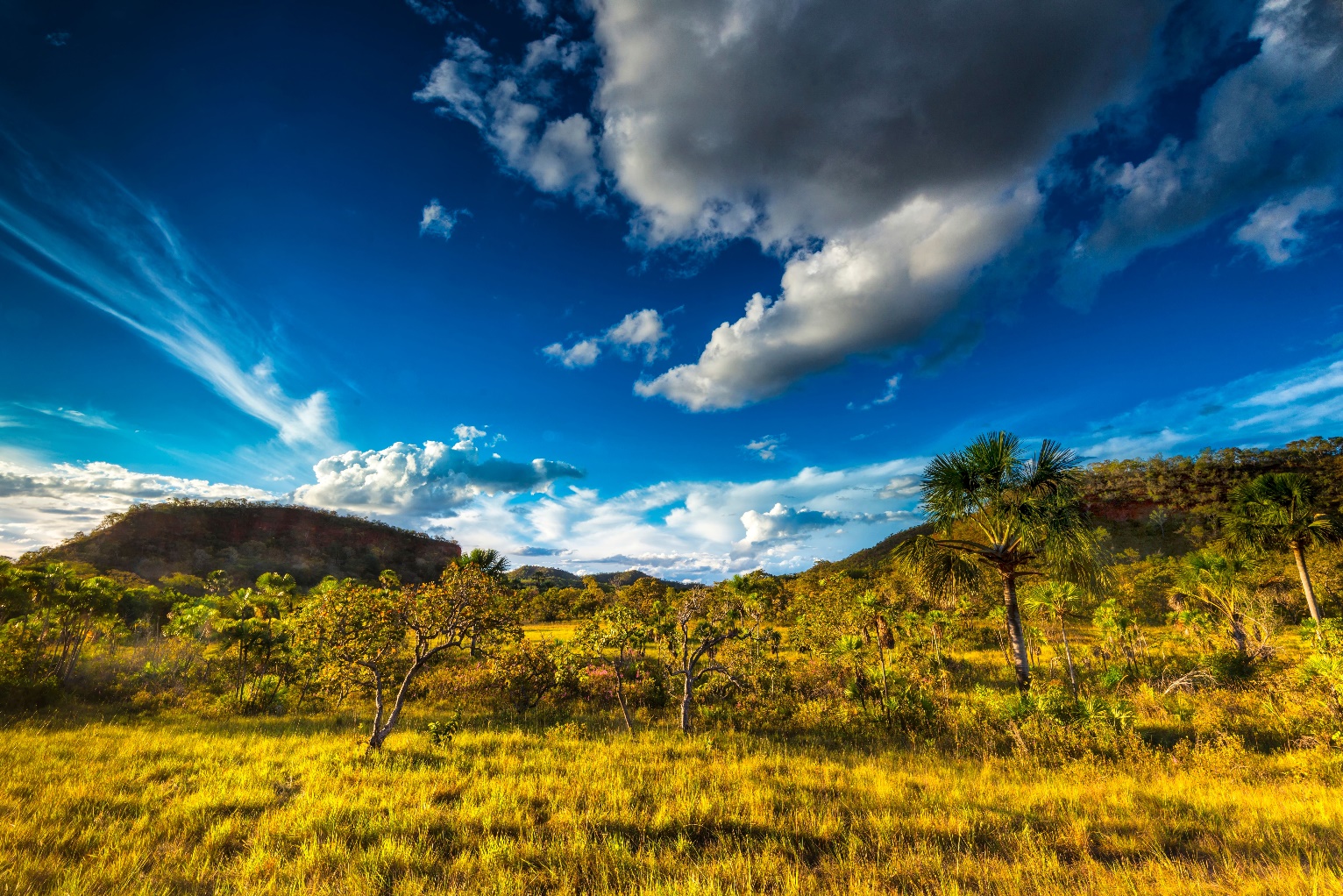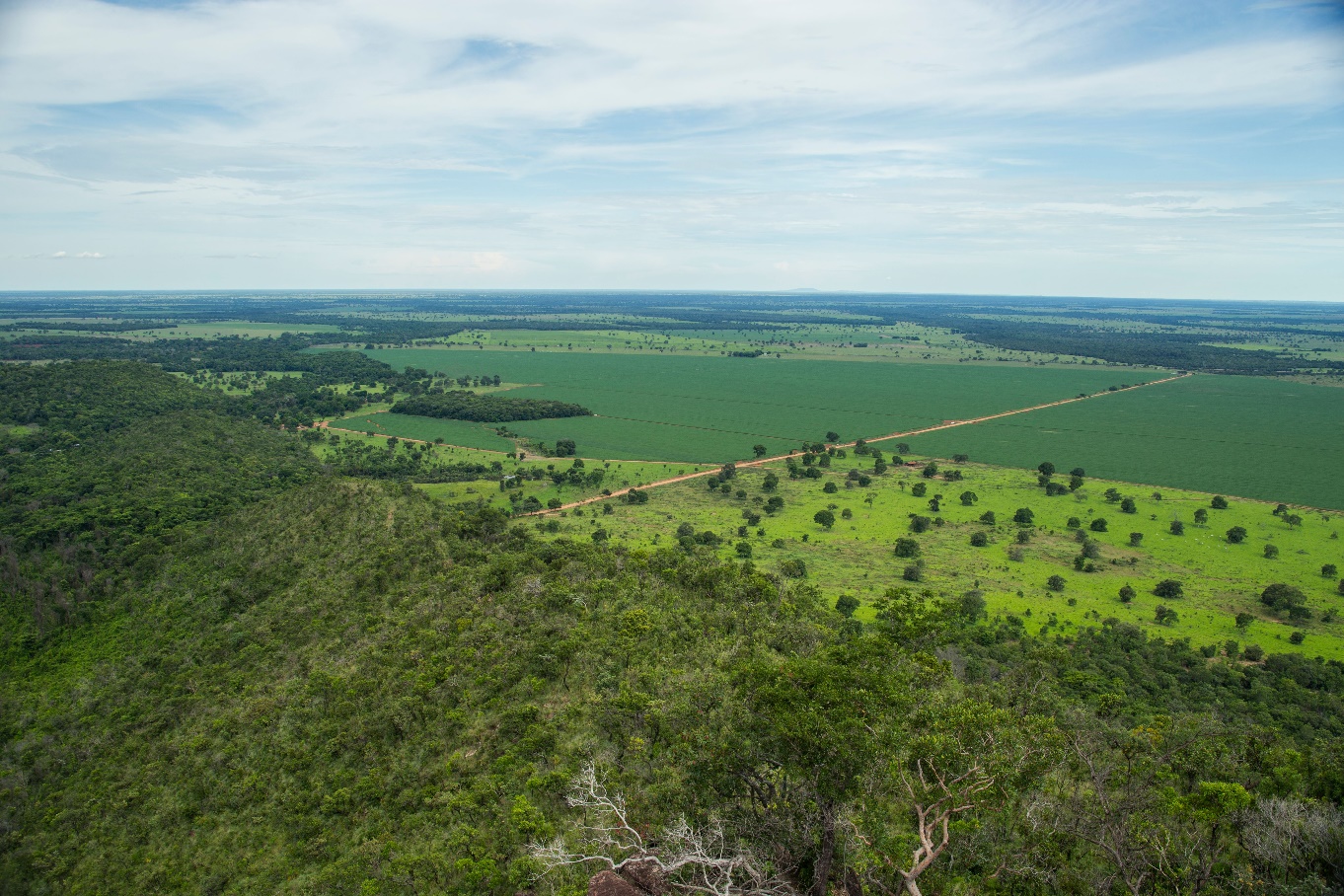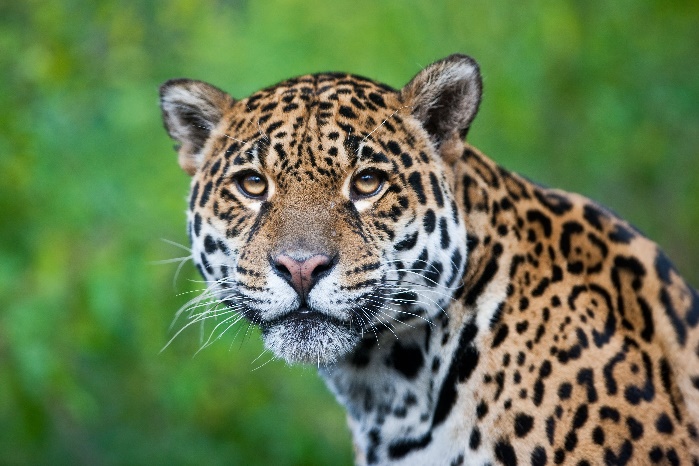A Carbon Avoidance Project Like No Other
The savanna’s long grass waves back and forth in the setting sun where, in the shade from the light tree canopy above, the eyes of a maned wolf blink and give away its hiding place….
Like the wolf, many things here in the Cerrado of Brazil are wondrous and hidden out of plain sight — and in grave danger.
The maned wolf is an elusive canid of the Cerrado with a “near threatened” status as per the IUCN listingi, a long-legged, thick-red coated animal with large ears that stands up to 3ft tall. It is now endangered because its homeland is being turned into farmland.
Sitting on the edge of the Amazon, the Cerrado is often overlooked as global attention focuses on protecting the rainforest. But this ecosystem is arguably just as important.

The Cerrado is one of the largest tropical savannas in the world. At 2 million km2, it’s the size of Mexico and home to 5% of the world’s species and 30% of Brazil’s biodiversityii. Crucially, the deep root network of the region’s vegetation works as an aquifer during the rainy season and feeds many of the major rivers of South America. By supplying the main drainage basins of Brazil, the Cerrado is the life source for hundreds of species of fish, mammals, birds, amphibians, and reptilesiii, as well as millions of people and their crops across the region.
Farming is big business in Brazil. The country is one of the world’s top beef exporters and leads the world in soy exports, which it dominates with 44.3% of the global marketiv.
That much commercial agricultural requires a lot of land, which is why almost half the native vegetation of the Cerrado savanna has been lost to agriculture since 1985. It’s a trend that is taking place at a rate 2.5x faster than the Amazon.

In addition to threats from farming, the Cerrado is also being lost to fire. Forest fire alerts in the Cerrado have increased in the last few yearsv. This year, the Cerrado suffered more than usual. An area nearly the size of Connecticut and New Jersey combined burned there in the first seven months of 2021vi. The fires release significant amounts of stored carbon into the atmosphere. Also, without the Cerrado’s root structure to lock in the water from the rains, it flows instead straight into the rivers increasing the risk of floods and extensive droughts. Considering approximately 64% of Brazil’s electricity depends on hydropowervii, droughts have dire implications for the country.
Currently, only 8% of the Cerrado is legally protected, including less than 3% within fully protected conservation unitsviii, making this crucial biome particularly vulnerable.

As we discussed in our earlier post on diversification, Avoidance and Sequestration projects both have crucial roles to play in the drive to net-zero carbon. The scale of the damage being inflicted upon the Cerrado, and the speed at which it is taking place, makes Avoidance projects in the region particularly potent from a climate perspective.
That’s why Carbon Streaming entered into a carbon credit stream agreement to invest approximately US$0.5 million with Ecosystem Regeneration Associates – ERA Brazil (“ERA”) to support the development and growth of ERA’s Avoided Conversion Cerrado grouped project. Designed to protect native forests and grasslands while generating sustainable revenue for landowners, this innovative project provides Cerrado landowners with a compelling alternative to selling or leasing out their land to commercial agriculture. In other words, it creates a direct bond between landowners and conservation. The sustainable revenue will be generated through carbon credit sales in the voluntary carbon markets. In addition, a portion of future carbon revenues under the stream will be re-invested locally.
The project currently covers 11,000 hectares and is being developed using a REDD+ grouped project scale-up model. It has been projected to initially generate approximately 0.1 million carbon credits per year with the expectation to scale up to have an average of 500,000 carbon credits per year over its 30-year project life.
As the world wakes up to the climate crisis, it is becoming increasingly apparent that local communities are essential to the protection of endangered biomes. That’s why the Cerrado Biome Project will not only incentivize local landowners but will also reinvest future revenues at a local level. In doing so, it will help communities to thrive, and will provide environmental education and promote the preservation of the unique biodiversity through professional skills such as fire prevention, agroforestry systems, and more.
The combination of powerful climate action and multiple benefits for local communities over a large geographical area lines up precisely with Carbon Streaming’s focus on impact investing. As we have mentioned, while each carbon credit has the same carbon value regardless of project origin, any project with multiple co-benefits can command a premium in terms of price in the voluntary markets.
Designed to address no less than six of the UN’s seventeen Sustainable Development Goals (i.e., Zero Hunger, Quality Education, Decent Work & Economic Growth, Climate Action and more) we believe that the Cerrado Biome Project can be placed into the premium bracket, all of which bodes well for the biome, the local communities, Carbon Streaming, and of course the climate that we all share.
You can find more information on the Cerrado Biome Project by reading our news release announcing the carbon credit stream agreement, and also by visiting our Cerrado Biome Project page.
Stay up to date with the latest Carbon Streaming news and new Carbon Blog posts by signing up to our email list and following us on Twitter and LinkedIn.
i https://www.iucnredlist.org/fr/species/4819/88135664
ii https://www.wwf.org.br/?50242/The-Big-Five-of-the-Cerrado
iii https://rainforests.mongabay.com/cerrado/
iv https://www.worldstopexports.com/soya-beans-exports-country/
v https://queimadas.dgi.inpe.br/queimadas/bdqueimadas/
vi https://apnews.com/article/science-fires-environment-and-nature-caribbean-forests-290397e31ce872b082064f7c76d87984
vii https://brasil.elpais.com/brasil/2021-07-05/o-que-liga-o-aumento-na-conta-de-luz-ao-desmatamento-da-amazonia-e-a-emergencia-climatica-tudo.html?mid=DM70198&bid=633338068#?sma=newsletter_brasil_diaria20210706
viii https://www.cepf.net/sites/default/files/cerrado-ecosystem-profile-summary-english-revised-2017.pdf
Forward-Looking Information: Some of the posted entries on the Carbon Blog may contain forward-looking information. Forward-looking information address future events and conditions which involve inherent risks and uncertainties. Actual results could differ materially from those expressed or implied by them. For further information about the risks, uncertainties and assumptions related to such forward looking information we refer you to our legal notice.